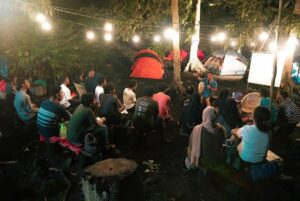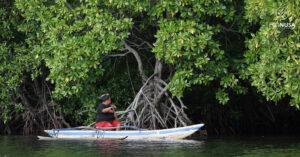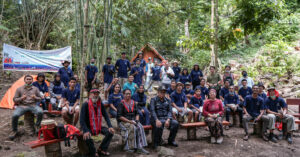Since we were kids, we might often hear advice to diligently look around and go back to nature so that we can learn many things. So, do you enjoy spending your time in nature? Walking in the forest, climbing mountains, swimming in the ocean, seeing various plants, and meeting various animals. All of these activities must be very delightful, right?
Apart from being enjoyable and relaxing, spending time in nature allows us to discover new things and be inspired. In fact, there’s a phrase for the process of mimicking natural systems to create technology that humans can use. Janine Benyus, a scientist and writer, created the term “biomimicry” in 1982. From the past to the present, many man-made things and technologies have been influenced by the working systems of numerous organisms that exist in nature. Do you want to learn about some great biomimicry examples? Here’s a list of 3 of them!
1. Kingfisher Birds & Shinkansen Trains
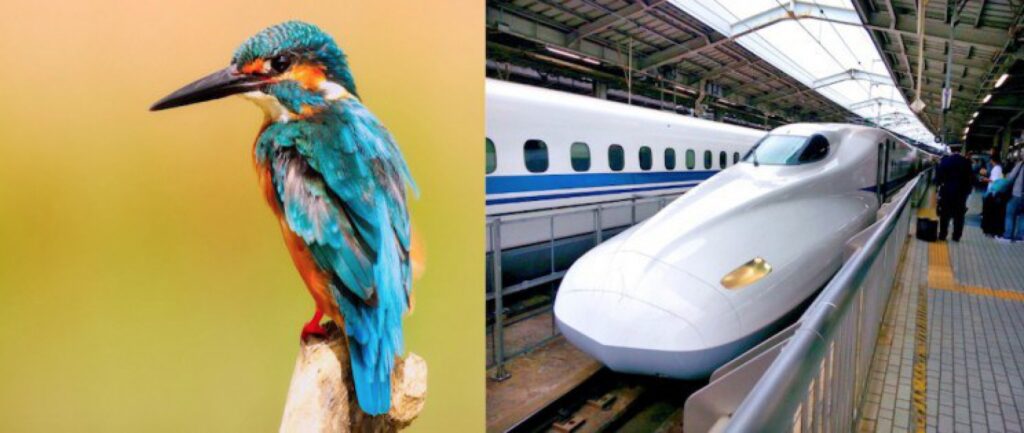
Shinkansen trains, which operate in Japan, are one of the fastest train types in the world. This bullet train has a top speed of 320 kilometers per hour. That’s pretty cool, huh? However, it turned out that the Shinkansen had initially caused issues because of the noise it made, which could be heard up to 400 meters away from the track. Because the train’s front part is blunt, it will produce sound waves that sound like explosions when it enters the tunnel at high speed.
Engineers were attempting to resolve the issue. The kingfisher, which has a long and pointed beak, was apparently the inspiration for the solution. The kingfisher’s beak is shaped in such a way that it can enter the water and hunt at high speeds without making a lot of noise or splashing water. That’s why, like a kingfisher’s beak, the front of the Shinkansen train has been made more ‘ponty’ than previously. As a result, the Shinkansen no longer produces any noise as it enters the tunnel, increases its speed by 10%, and uses 15% less electricity than before.
2. Ant and Termite Nests & Eco-Friendly Buildings
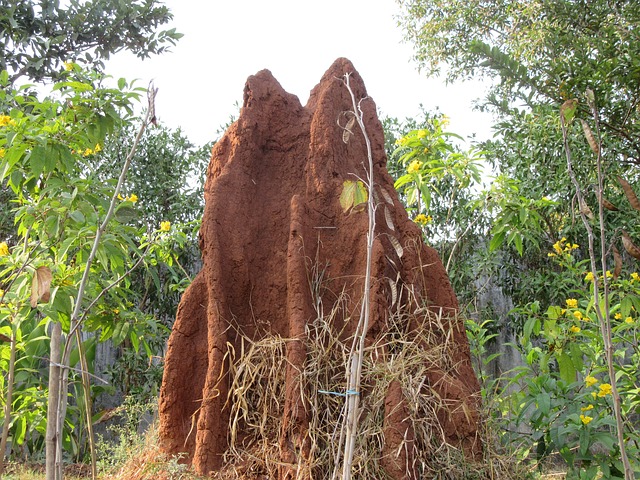
Many high mounds, up to 5 meters high, can be seen along the roadways of Wasur National Park, Papua. The mound, known as the musamus by locals, is actually a termite or ant nest or house. The fascinating thing is that, despite being made of soil, their nests can persist for decades and are unaffected by rain or heat. Furthermore, one of the best features of these nests is their capacity to maintain a constant temperature within.

The greatness of this termite nest attracted the attention of researchers who then carried out further research. As a result, termite nests have been discovered to function similarly like lungs, automatically inhaling and exhaling air. This is because the structure of a termite nest consists of many microscopic pores or slits that are connected to each other. This termite nest structure has been adopted by the Eastgate Center building in Harare, Zimbabwe which was built by Mick Pearce. The shopping center and office building is now more environmentally friendly and capable of absorbing heat without changing the room temperature.
3. Velcro Straps & Burdock Plants

Velcro straps, a sort of strap that may glue cloth to cloth, may already be familiar to you. This strap can be found in a variety of things, including shoes, laptop cable reels, and clothing. This Velcro strap, it turns out, is also a sort of biomimicry that was discovered by chance! In 1941,a Swiss engineer George de Mestral was walking with his dog in the Alps. As they went by the burdock plant, he observed that the seeds had attached to his dog’s clothes and fur. Rather than being annoyed, George de Mestral was interested in the burdock plant’s abilities.
He then did some research and discovered that the burdock plant’s tiny seeds had hundreds of hooks that could securely adhere to various types of fiber. From here, George was motivated to create a product that could glue two textile things together. The research and development process took up to ten years until it was patented in 1955. Wow, it turns out that the ‘basic’ strap that we regularly see nowadays has a fascinating backstory!
So, it’s true that nature can give us a lot of inspiration! In addition to these three inventions, there are many other objects that are inspired by the working systems of various animals and plants in nature. Some other examples are dolphin sonar that inspired tsunami early detection systems, fireflies that inspired LED light bulbs, humpback whale fins that inspired wind turbines, and also mosquitoes which inspired researchers to develop painless hypodermic needles.
The next time we go for a nature walk, let us observe our surroundings! Who knows, maybe you’ll come across something unexpected that can be investigated further and used as inspiration for new discoveries! If you already have an idea for research, keep an eye out for the next Young Papuan Scientist. Workshops and research assistance are given through this program.



